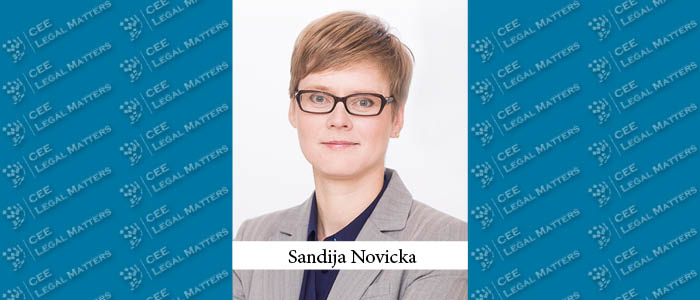Amendments to the Latvian Taxes and Duties Law came into effect on June 30, 2023. The aim of these amendments was to enhance the efficiency of the tax control system.
Following these amendments, the number of tax control types has been reduced from five to two: tax control and tax audit. Tax control is a new procedure designed to identify and rectify relatively simple cases of tax non-compliance. The entire tax control procedure should not exceed four months. During this process, the taxpayer has one month to voluntarily rectify the situation (i.e., amend the tax returns and pay the missing portion of the tax amounts) or explain the situation and convince the tax authority that there is no tax non-compliance.
If this is not achieved, the tax authority is required to issue a tax invoice (i.e., an administrative act obliging the payment of missing tax payments) or initiate a tax audit if a more thorough investigation is needed. For more complex tax matters (e.g., transfer pricing), the tax authority is expected to use tax audits. The overall tax audit process remains largely unaltered.
In Latvia, the tax authority can collect any unpaid taxes within three years after the tax payment is due, while transfer prices can be examined for five years. Following the amendments, the five-year term will also apply to hybrid mismatch arrangements as well as other taxes affected by transfer price or hybrid mismatch adjustments.
It is now possible to enter into a settlement agreement with the tax authority before the initial administrative act requiring the payment of additional taxes is adopted by the tax authority. If a settlement agreement is concluded during the tax control process, the amount of the payable late interest payment is reduced by 85%. If a settlement agreement is concluded during the tax audit process, the amount of the payable late interest payment and fine is reduced by 60%.
Formally, the subject matter of the settlement agreement is not the payable tax amount. However, given that the missing part of the tax amount (i.e., type and scope of tax non-compliance) is still under investigation during the tax control and tax audit process, it should be possible for the tax authority and the taxpayer to discuss the type and scope of the tax non-compliance that can be reasonably established and for which tax is payable.
The option to enter into a settlement agreement is also available during the later stages of the process (i.e., both during the appeal process within the tax authority and in court). However, in such cases, the available reduction for payable late payment interest and penalty depends on the stage at which the settlement agreement is concluded and it decreases with each stage of the dispute. Therefore, taxpayers are encouraged to carefully assess their prospects of winning a case. During the appeal stage, a settlement agreement regarding the payable amount of taxes is not possible. Therefore, taxpayers should concentrate on the arguments and evidence they present to the tax authority during the tax control or audit process, as well as during the appeal process within the tax authority.
The Latvian tax control system so far has not been structured in a way that promotes open and transparent negotiations between the tax authority and the taxpayer regarding the scope of tax non-compliance that can be reasonably established. As a result, taxpayers often consider the result unfair. This results in lengthy and costly litigation.
Therefore, it is hoped that the opportunity to have settlement agreements at the very beginning of the process (i.e., before a tax invoice or audit decision is issued) will make the system more efficient, providing the chance to have open and transparent discussions about the existence and scope of tax non-compliance.
By Sandija Novicka, Partner and Head of Tax, Cobalt Latvia
This article was originally published in Issue 10.10 of the CEE Legal Matters Magazine. If you would like to receive a hard copy of the magazine, you can subscribe here.
